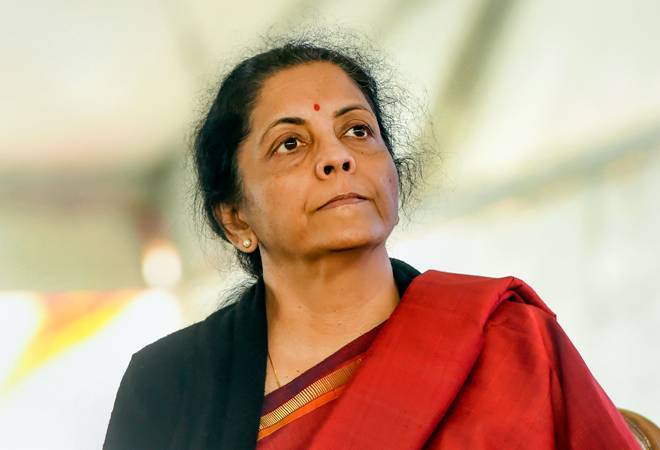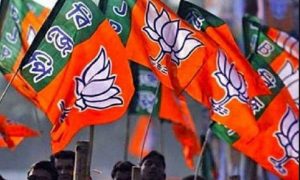Finance minister Nirmala Sitharaman on Friday told 21 states and 2 UTs, which have chosen the incentivised Option 1 to bridge their yawning GST revenue shortfall in FY21 that, they “won’t face any cash shortfall” in the year due to the paucity of relevant cess proceeds. She wrote to the finance ministers of these states: “A total of Rs 2.16 lakh crore is unconditionally available to states under Option 1 (special window + 0.5% extra OMB sans reforms). This more than covers the funds which would have been received by them during the current financial year if total compensation were paid in full.”
With the Centre changing its stance and agreeing to borrow on the states’ behalf, the impasse at the GST Council over the issue seems to be ending. It is also clear the compensation cess would not only stay for a considerably long period beyond July 2022, but would likely be levied on more items.
Stating that “back-to-back loan from the Centre is acceptable to us”, Kerala finance minister Thomas Issac tweeted : “But there is one issue yet to be resolved — how much of compensation is to be deferred to 2023? Negotiate this point and reach a consensus.” Isasc had earlier revealed a plan to approach the Supreme Court for resolution of the issue.
However, the mechanism may still involve a cost to the states, analysts said. Under the GST Compensation Act 2017, the states are guaranteed a 14% annual growth in the relevant tax revenues over five years till July 2022, meaning, such tax receipts would be their income sans any cost. “While the interest cost on the special window is going to be covered by the GST compensation cess, the servicing cost of the additional unconditional borrowing of 0.5% of GSDP may still have to be borne by the states,” said NR Bhanumurthy, vice chancellor of BASE University, Bengaluru.
Under the Option 1, state governments are to receive funds in two ways: 1) loans from the Centre which will borrow under a special window and pass on ten funds to states as loans; 2) additional unconditional market borrowing of 0.5% of GSDP. In the letter to state FMs, Sitharaman said the Centre would arrange the loan under Option 1 such that the cost would be at, or close to, the G-sec rate. Also, she assured the states that debt through the special window won’t be accounted for as states’ debt.
Pronab Sen, former chairman of National Statistical Commission, told FE: “GST compensation to states should have been extended as a grant and not loans. If the Centre keeps the cess with it when the collection is higher than the requirement, it should also be able to compensate states when the mop-up is lower.
Moreover, it remains to be seen whether the Centre will charge a margin over the interest rate on the loans.”
Sitharaman quoted the Attorney General saying that, “there is an obligation (on the Centre) to pay compensation to the states for the entire shortfall…regardless of whether such shortfall is attributable to GST implementation or not”. The compensation is to be paid from proceeds of the designated cess; there is no obligation on the Centre to pay from the Consolidated Fund of India, the AG said.
The opposition to the borrowing scheme from some states was primarily because they being asked to borrow; also, the entire shortfall was not being made good in then current year but only the portion that is due to GST implementation. According to Centre’s calculation, the states’ GST revenue deficit from protected level in FY21 would be Rs 2.35 lakh crore, which includes Rs 1.1 lakh crore due to GST implementation and the remaining due to pandemic.
The FM has contended that the special window has been structured in the optimum manner to protect the long-term economic interest of the nation, including public and private sector. “The bona fide opinion of the Central government on this macro-economic issue is that borrowing on the books of Centre will not be optimal in the national interest,” Sitharaman added.
Isaac told FE that the argument that the Centre borrowing the entire amount would squeeze out private investment won’t hold, given that demand being in the negative zone, private borrowings will be muted.
Sitharaman also listed out the benefits of the scheme which includes sufficient amount to meet entire GST shortfall payable this year, availability of special window funds at reasonable interest rate, interest and principal repayment cost for the GST shortfall debt would be met from cess proceeds, and the unpaid deficit from the current year would eventually be paid back to states from cess proceeds in later years after loans are paid for.





































